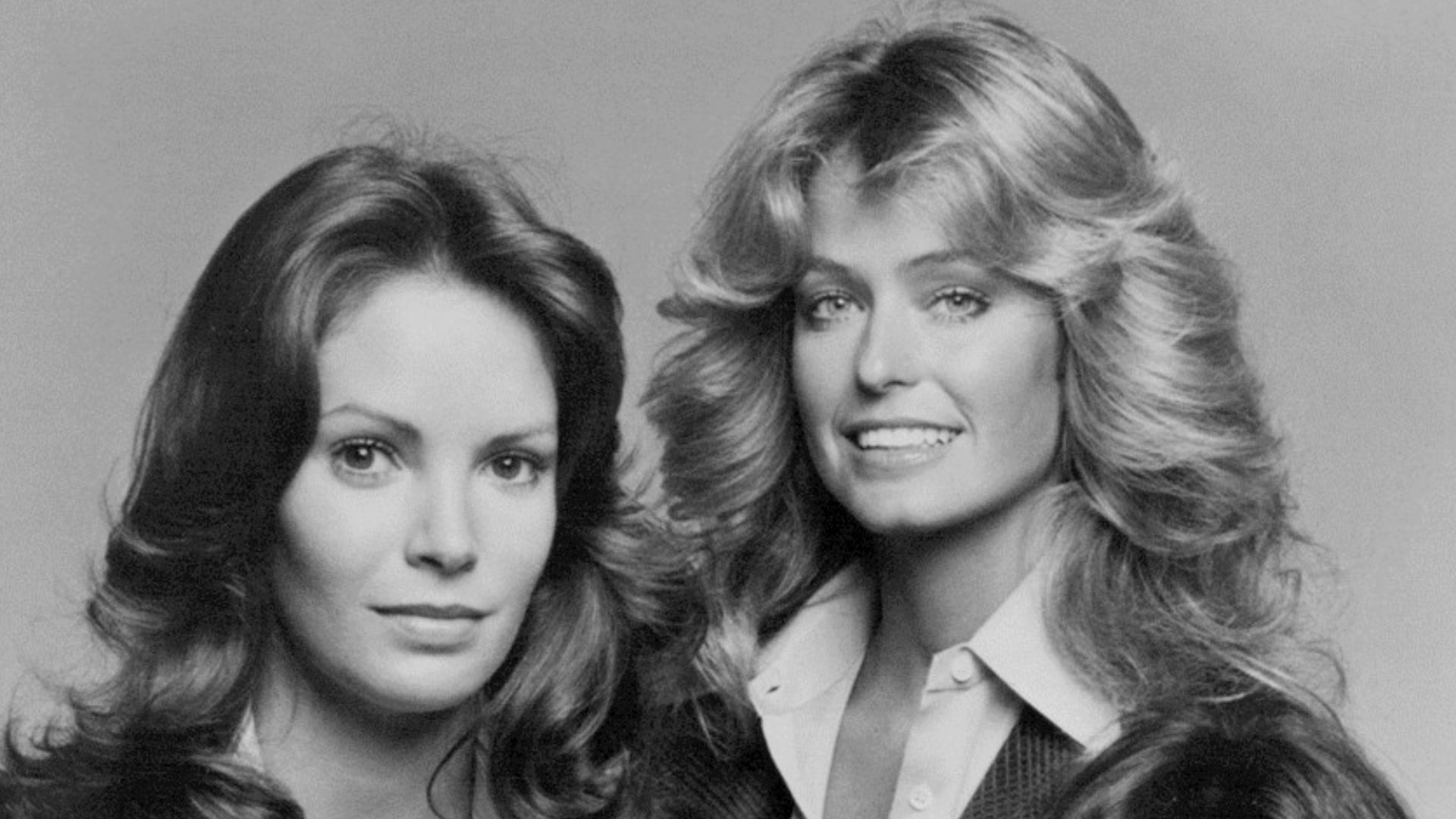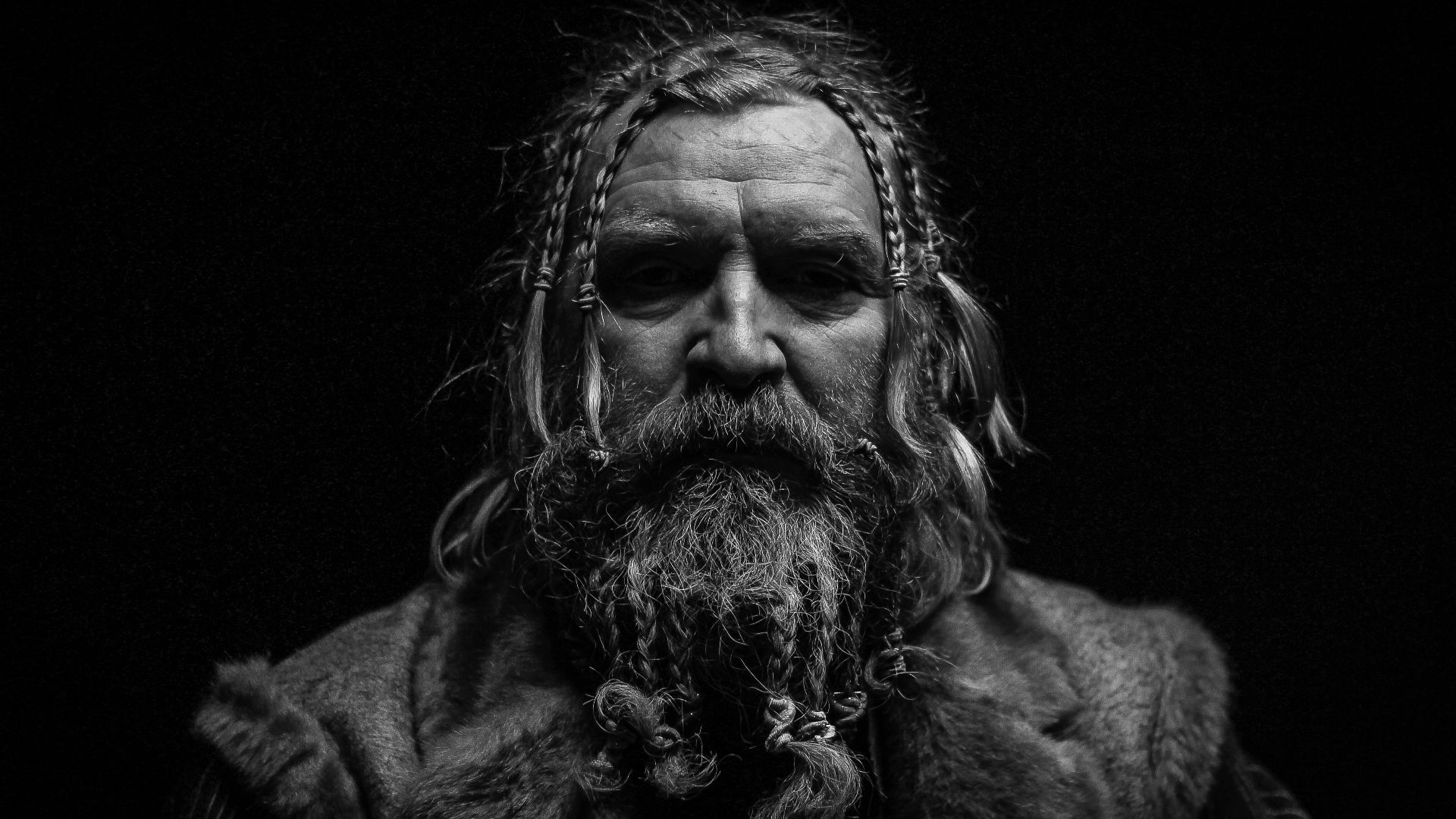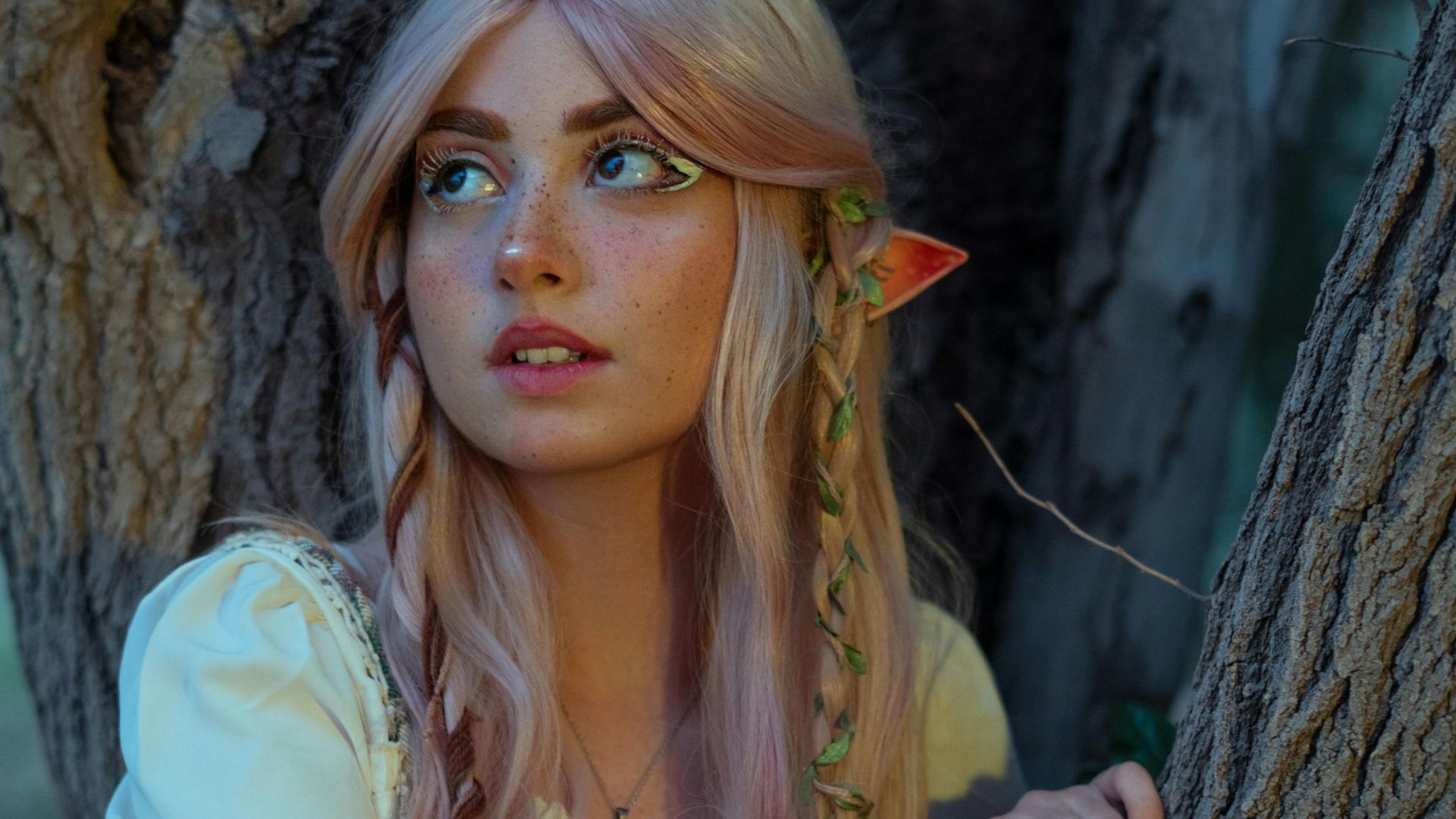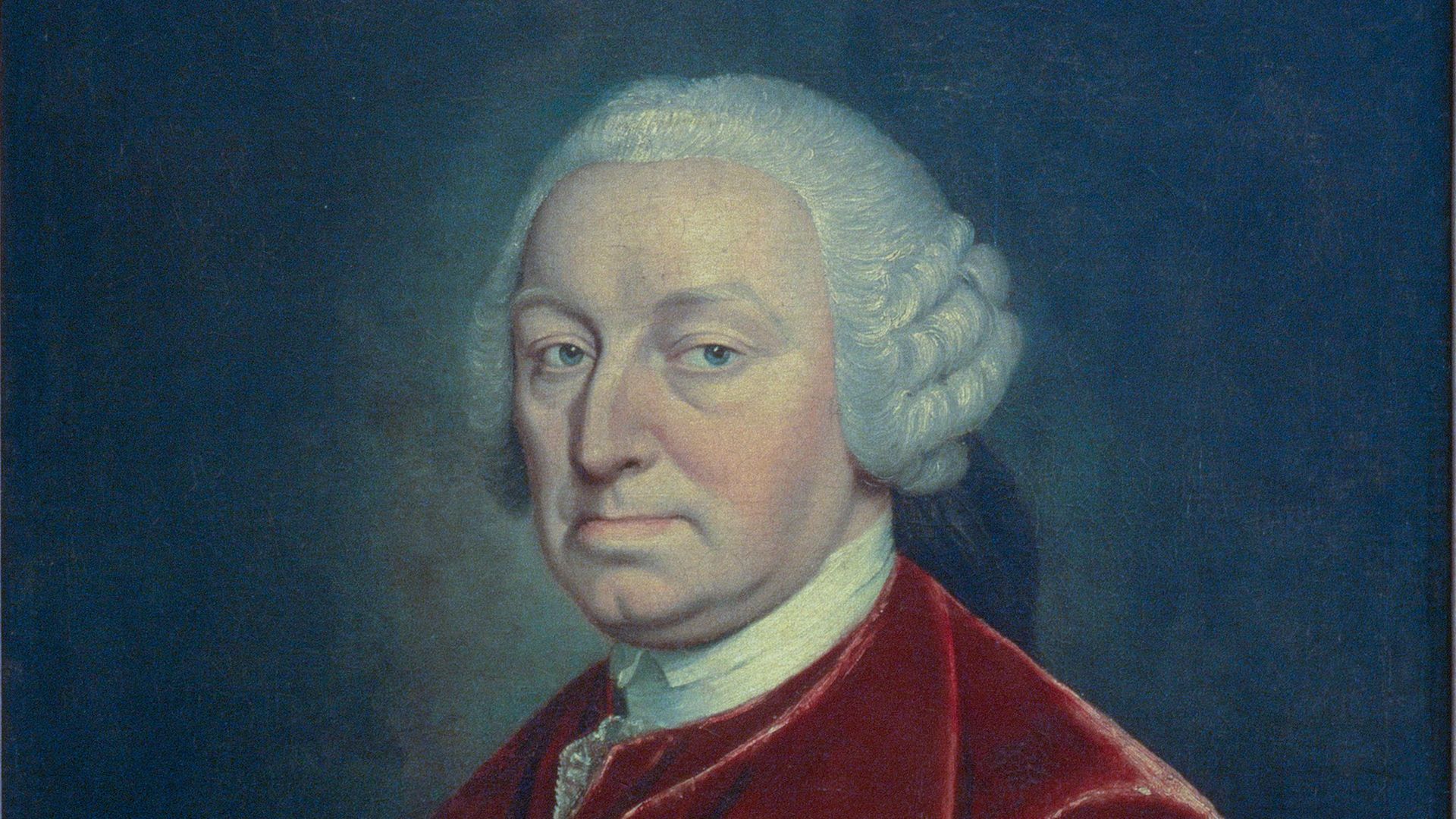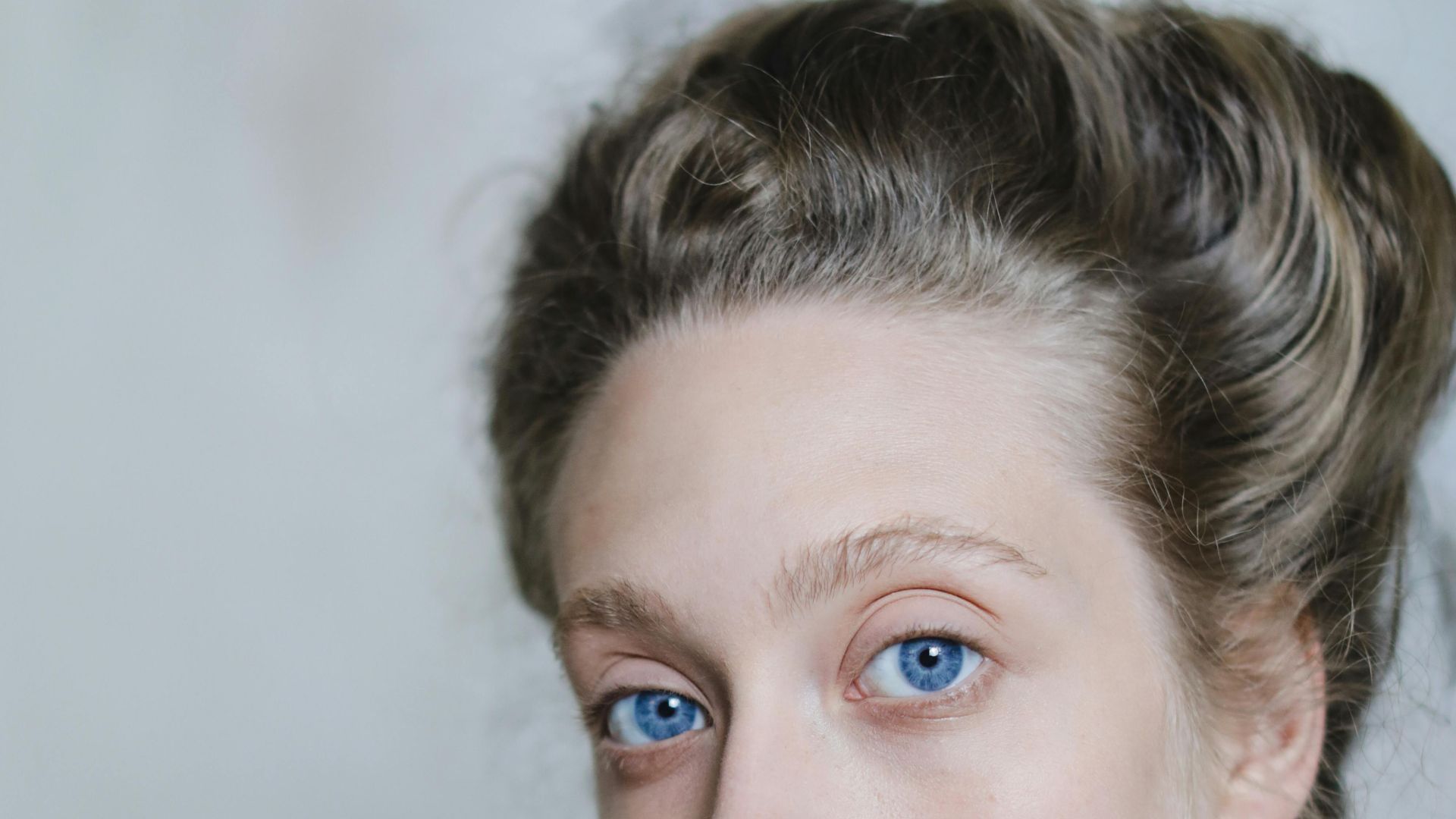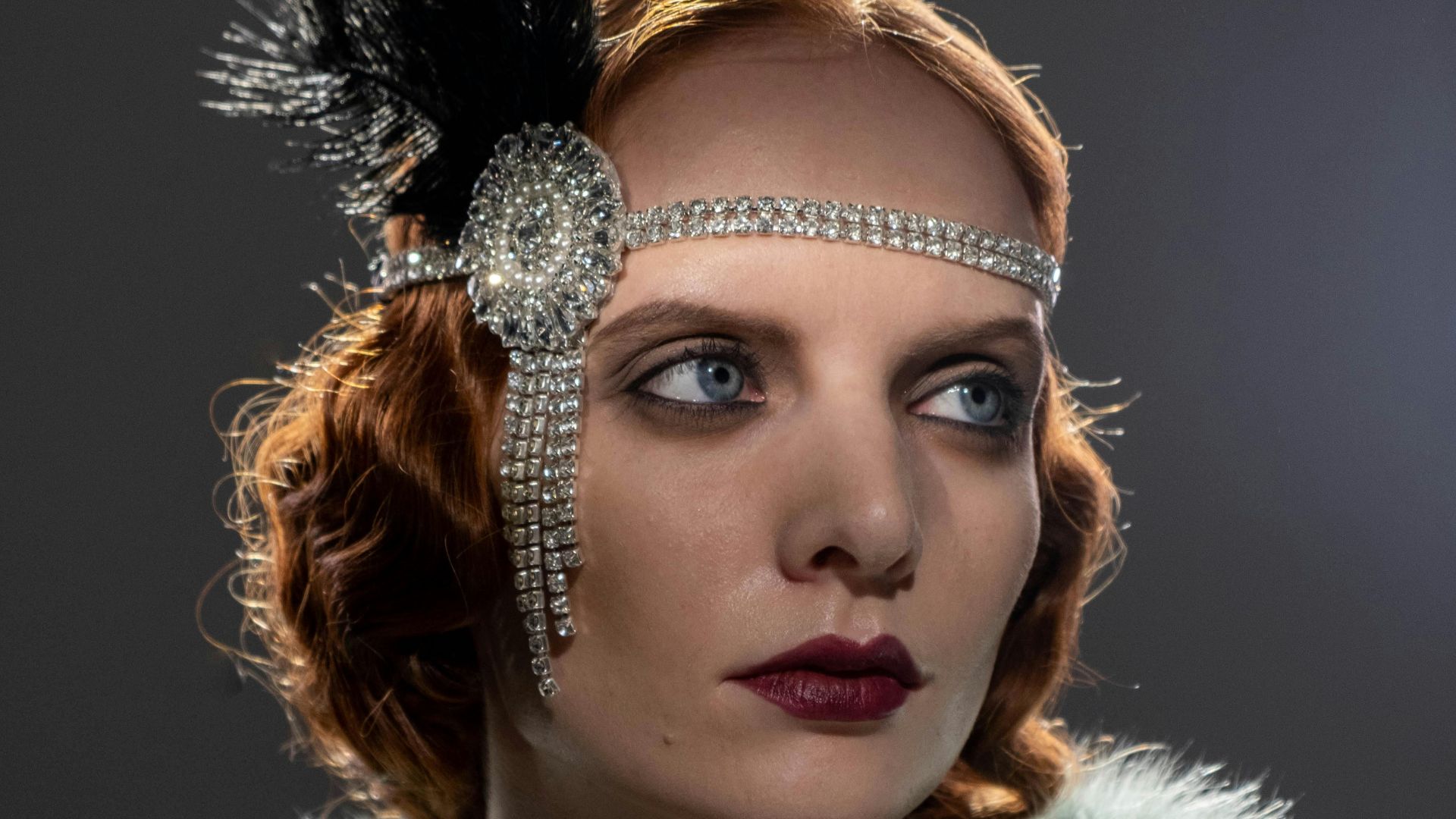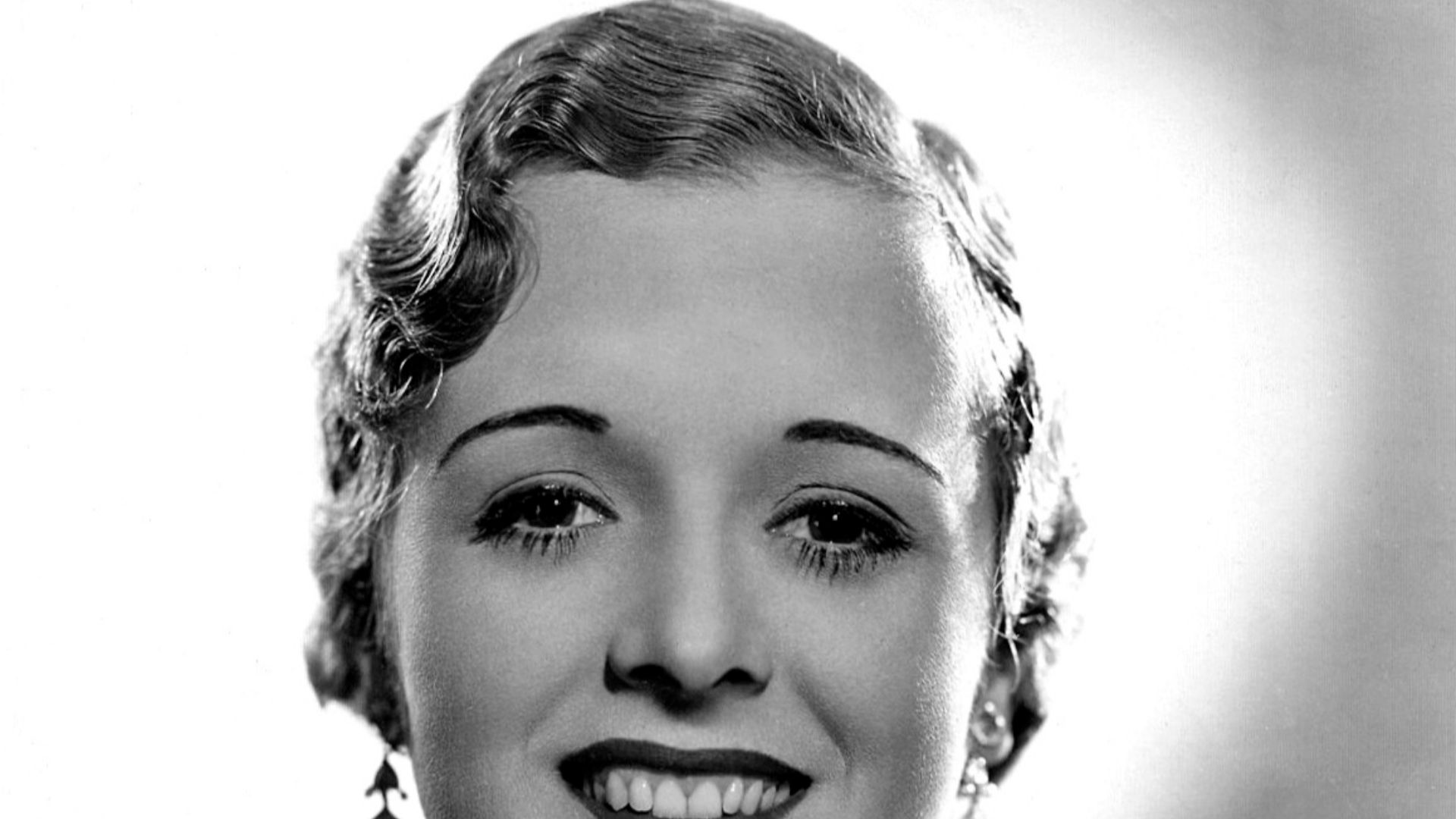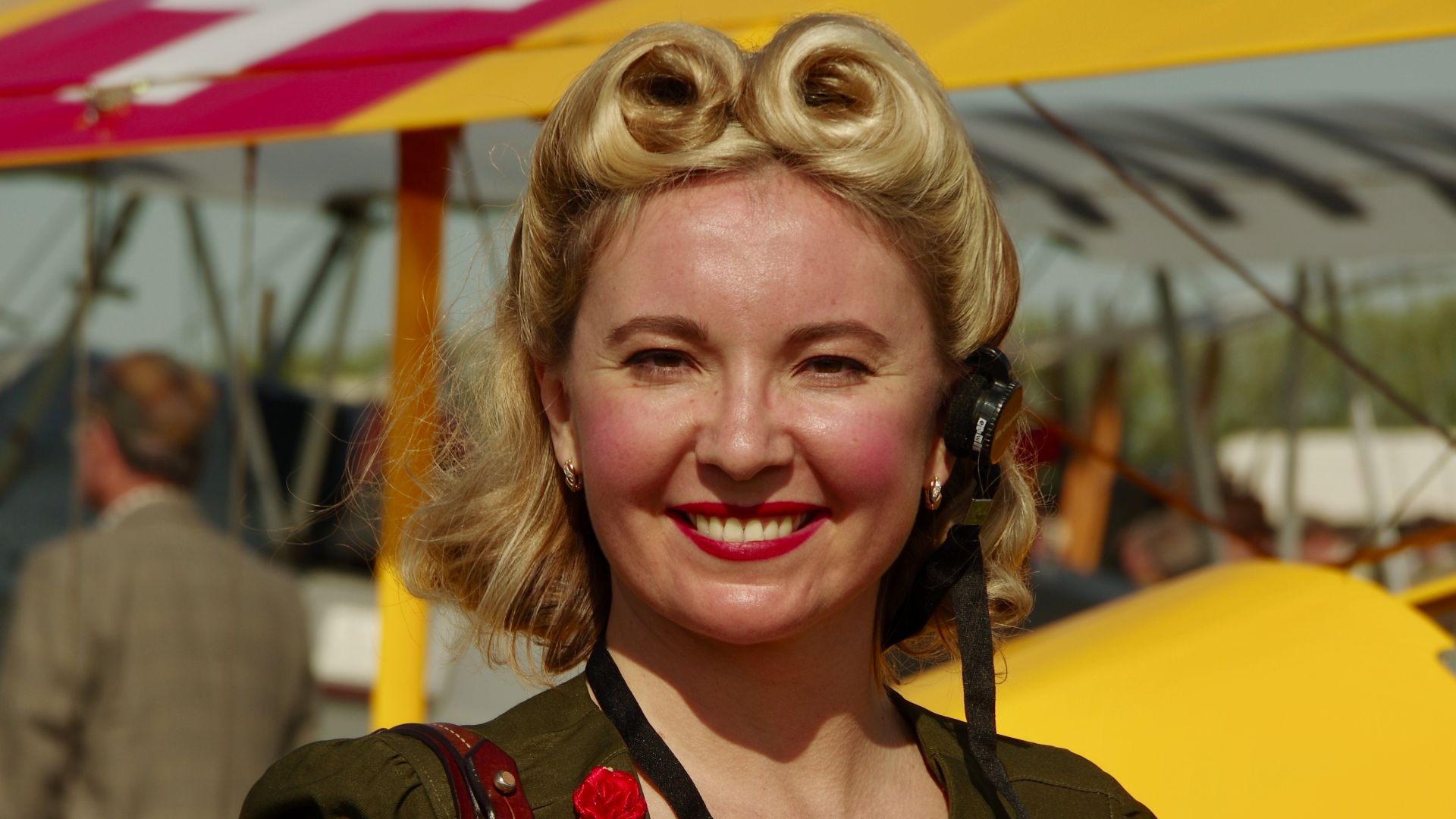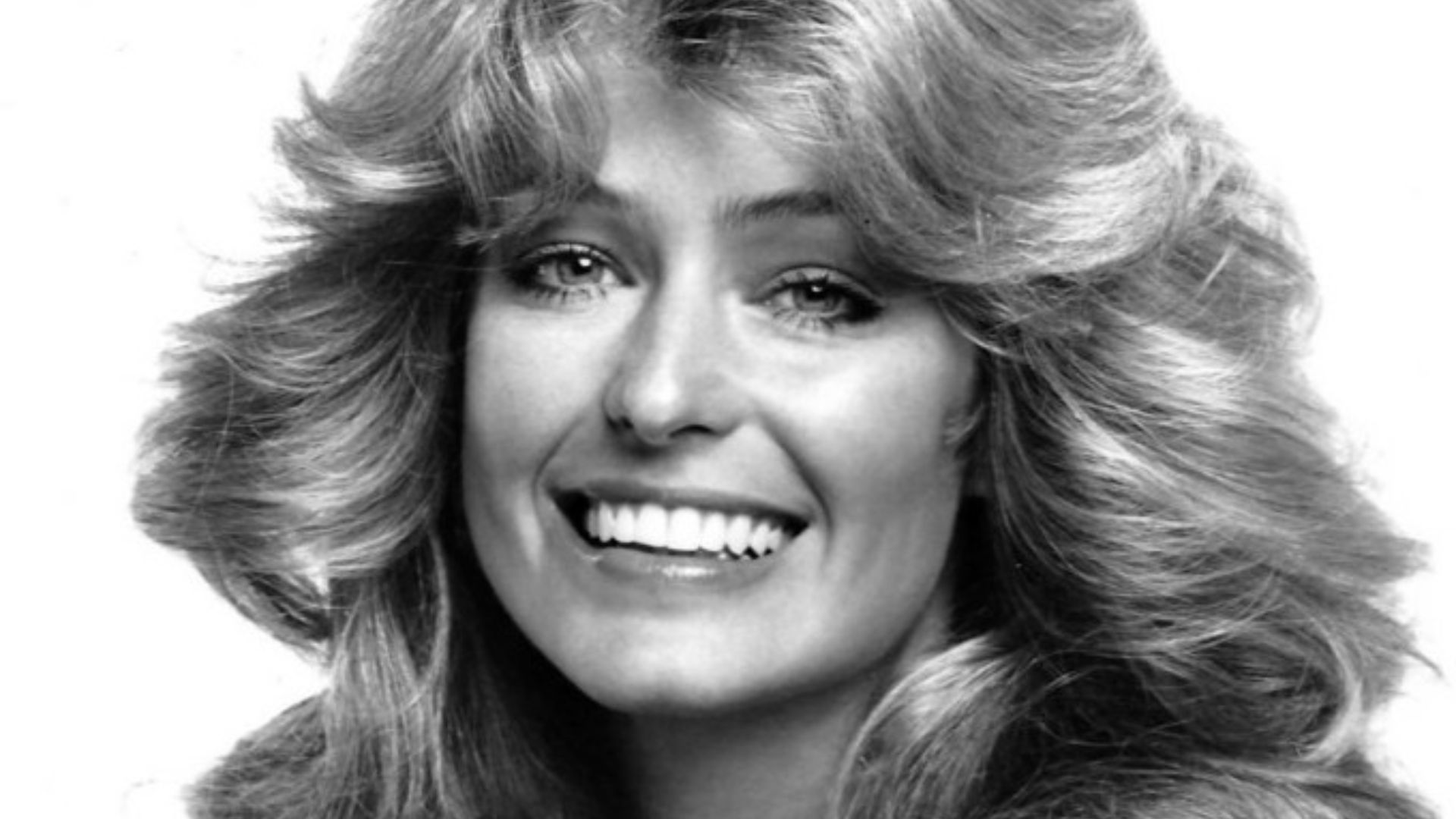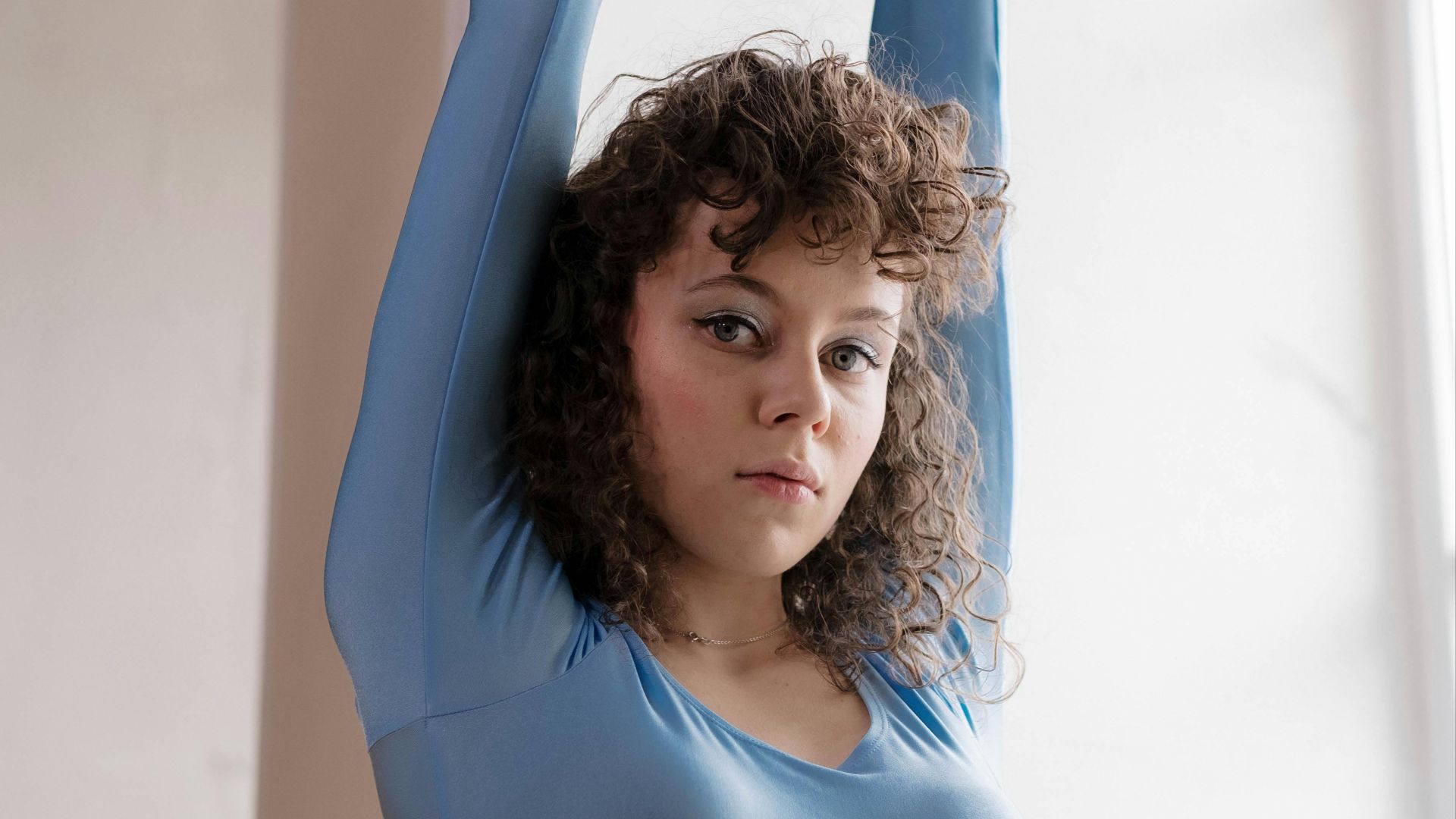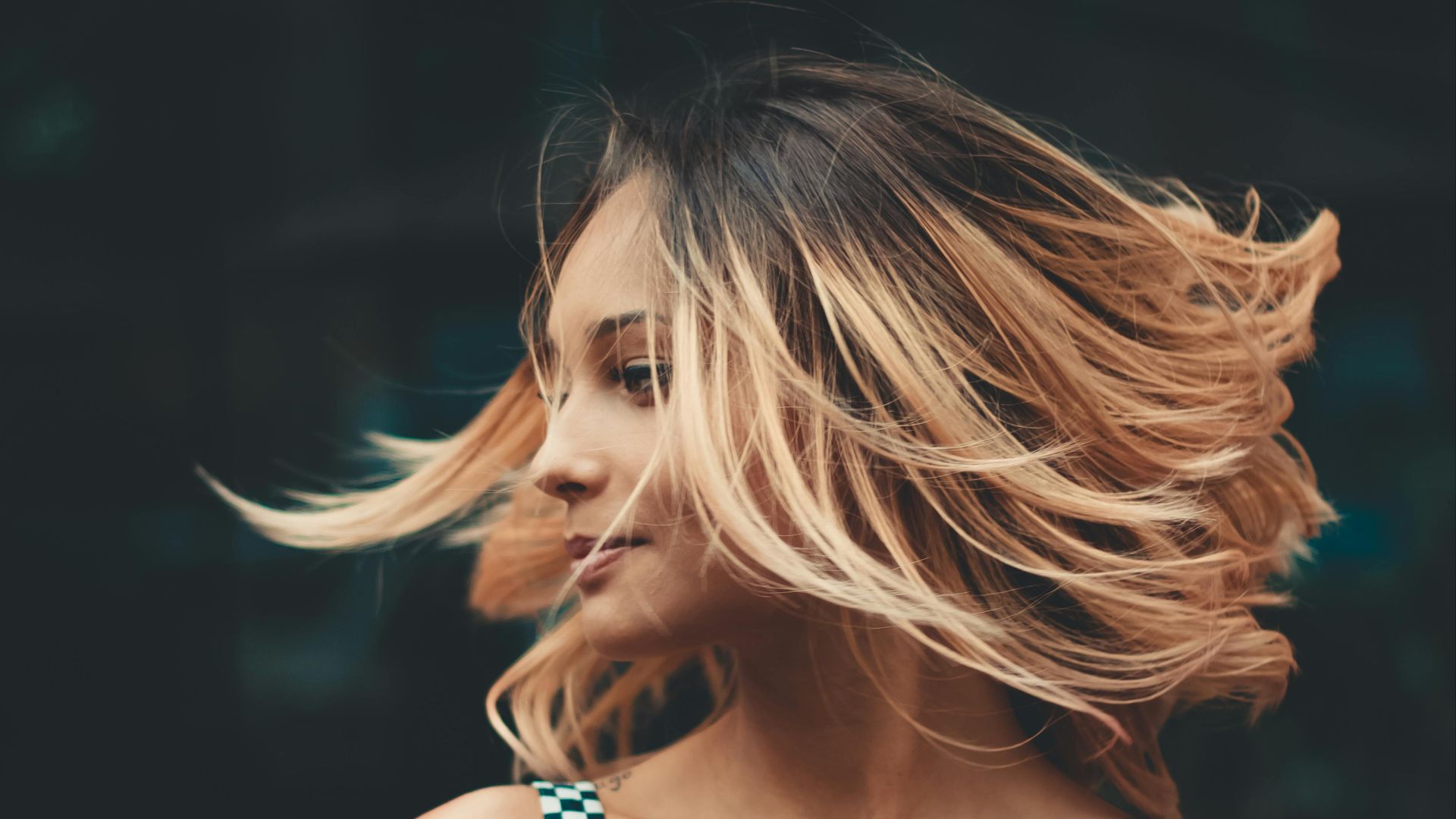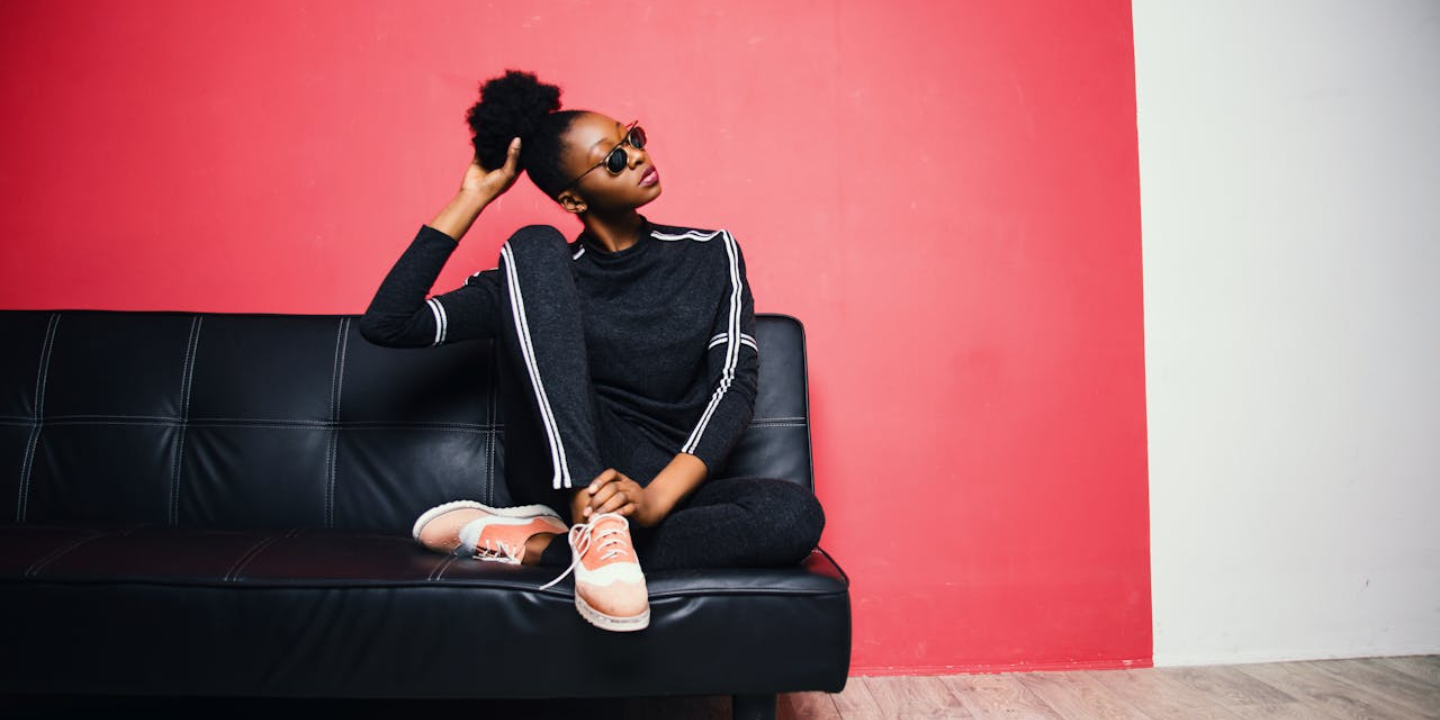Which Hairstyle Should Make A Comeback?
Hairstyles are more than just fashion; they're snapshots into different times. They can be so distinct that you can tell what era a photo or painting is from based on the hairdo alone. From ancient Egyptian wigs to 1980s perms, here are 20 iconic hairstyles that defined time periods.
1. 3,000 BC - Geometric Bob
Due to lice and heat, most Ancient Egyptians actually had their heads shaved. However, the upper classes would wear wigs of stylized, angular bobs as commonly seen on depictions of Cleopatra.
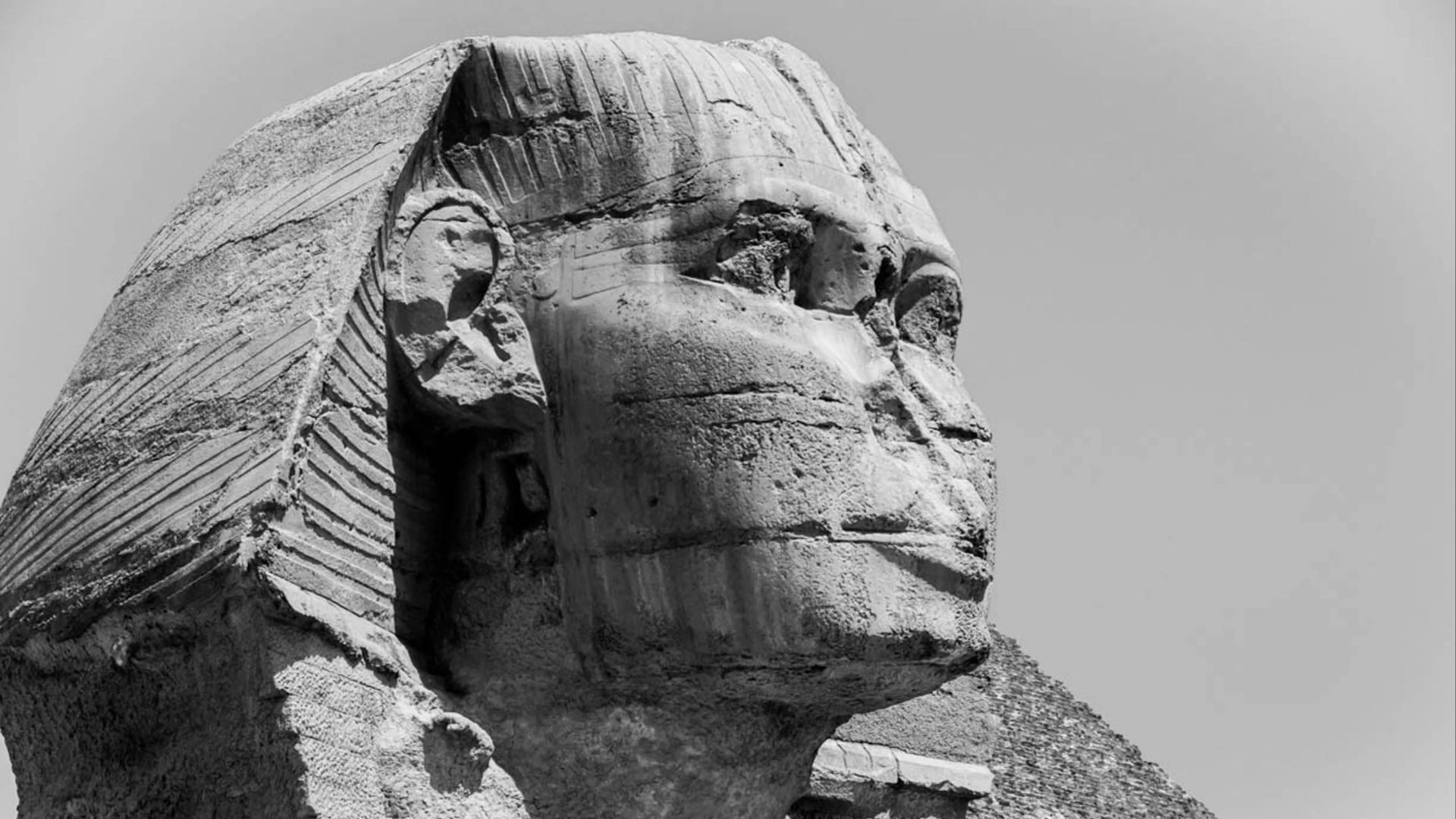 Christine Schmiederer on Pexels
Christine Schmiederer on Pexels
2. 800s - Viking Braids
Both male and female Vikings wore their hair in simple, three-strand braids. Women would often put their braided hair in updos, while men would braid their beards, too.
3. 1200s - Medieval Braids
Women in the Middle Ages often wore their hair in braids, either separated like pigtails or combined into a crown. However, they would usually have their hair concealed under a coif or headdress in public.
4. 1600s - High Forehead
In the 1600s, it was fashionable to have a high forehead, so women would pluck or shave their hairline and even shave their eyebrows. The high forehead was considered a sign of beauty, intelligence, and aristocratic status.
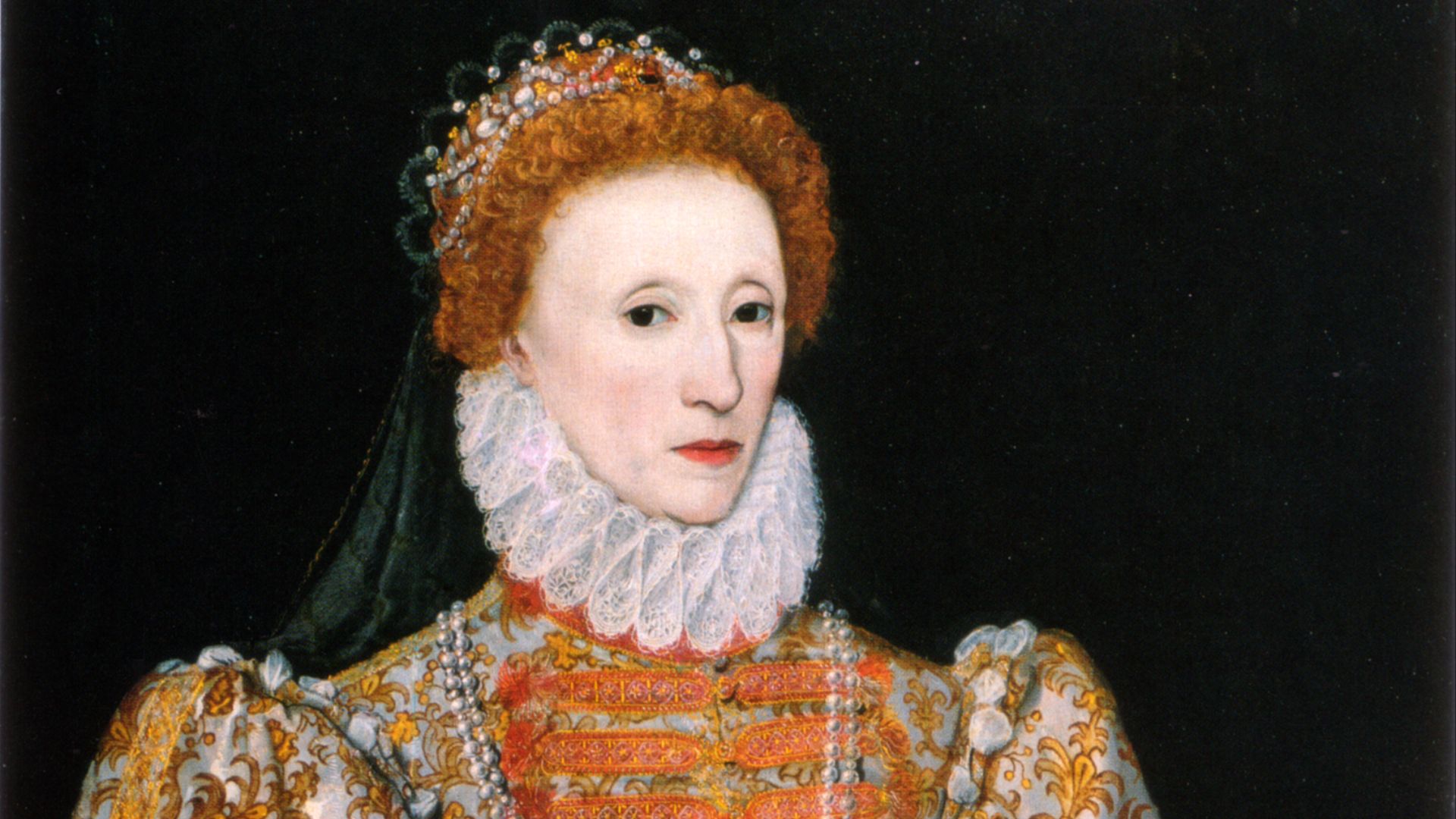 Unidentified painter on Wikimedia
Unidentified painter on Wikimedia
5. 1700s - Powdered Wigs
After King Louis XIII of France started wearing one to cover up the fact that he was losing his hair, powdered wigs became popular among nobles all over Europe. Wigs were expensive, so they signified high social status, but they also had practical applications like hiding bad smells and killing lice.
6. 1800s - Victorian Updos
In the 1800s, elaborate updos were back in style again. At the beginning of the Victorian era, modest, low buns with ringlets were common, but towards the end, more voluminous and elaborate styles with twists, loops, and padding for added volume were popular.
7. 1900s - Gibson Girl
The 1900s saw the emergence of the "Gibson Girl" hairstyle, after a drawing of an ideal woman by artist Charles Dana Gibson was created. It depicted an elegant woman with an impossibly slim waist and all of her hair piled high on top of her head.
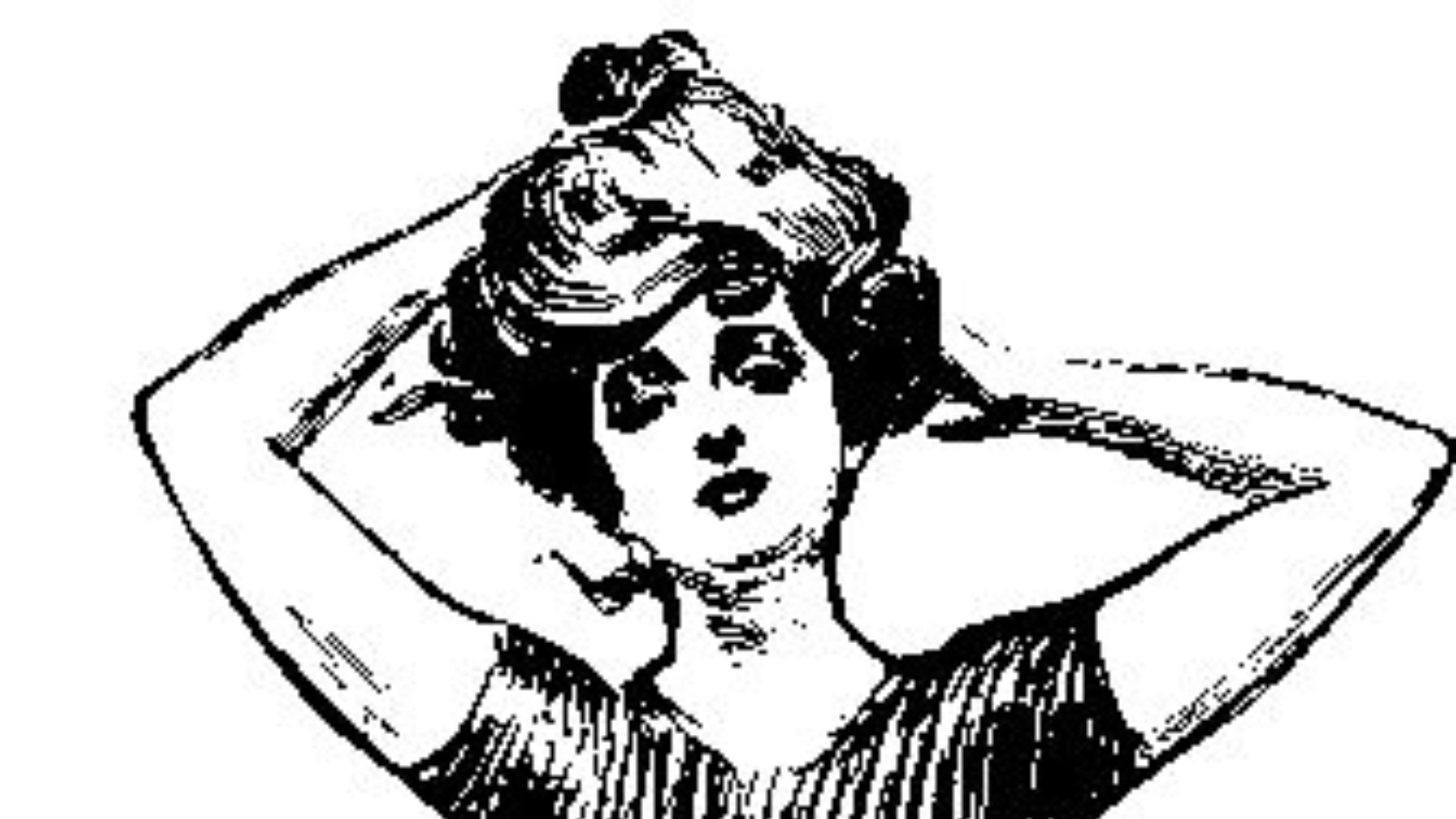 Charles Dana Gibson on Wikimedia
Charles Dana Gibson on Wikimedia
8. 1920s - The Bob
The 192werewas a liberating time for women. It, along with the flapper dress, symbolized a rebellion from old-school Victorian femininity. The low-maintenance hairstyle freed up women's time that they would otherwise be spending on their hair to participate in the modern, fast-paced world.
9. 1920s - Finger Waves
Another look that characterizes the 1920s is tight and polished finger waves. Women used these sculpted "S" shaped curls to soften the look of the bob and add some glamour and sophistication to an otherwise extremely simple cut.
10. 1940s - Victory Rolls
Victory rolls featured two large, voluminous curls sitting on top of the head. For women working in war production, this hairstyle was a practical way to keep their hair away from dangerous machinery, making the style a symbol of patriotism.
11. 1950s - The Pompadour
The pompadour is the style most heavily associated with 1950s men, popularized by Elvis Presley and James Dean. The hairdo has a long, voluminous front section and tapered sides and back.
12. 1960s - The Beehive
Nothing says "1960s" quite like the beehive. The hairdo was created by a stylist in Chicago specifically as a way to fit all of a woman's hair under a type of hat that was popular at the time.
13. 1960s - The Afro
The afro became a symbol of Black pride in the 1960s, at the height of the Civil Rights movement. It was a rejection of beauty standards that favored European ideals.
14. 1970s - The Shag
The shag is a long, rugged, free-flowing, and heavily layered hairstyle that was associated with rebellion. Rock musicians like Mick Jagger, Joan Jett, and Stevie Nicks helped popularize the look.
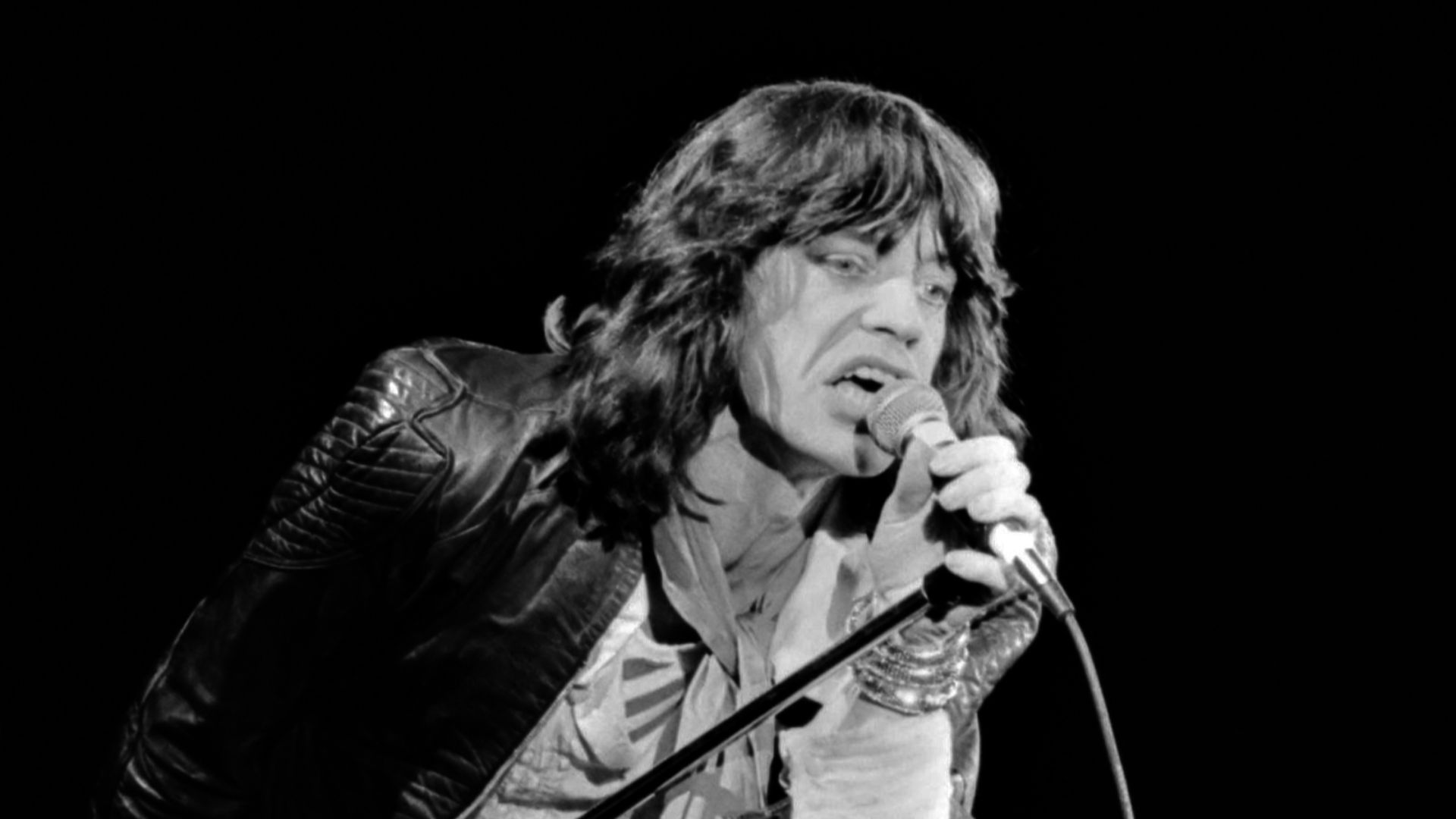 Bert Verhoeff for Anefo on Wikimedia
Bert Verhoeff for Anefo on Wikimedia
15. 1970s - Feathered Hair
Feathered hair became extremely popular primarily because of one woman: Farrah Fawcett. The "big hair" look perfectly complemented the bell-bottoms and disco shirts of the era.
16. 1980s - The Mullet
The "business in the front, party in the back" hairstyle became the defining look of the 80s after athletes and rock stars alike started to sport it. It became a symbol of rebellion, individualism, and playfulness.
17. 1980s - The Perm
The 1980s took the 1970s preference for "big hair" to a whole new level with the perm. Perms added semi-permanent curls to all hair types, adding an insane amount of volume. Celebrities like Julia Roberts, Meg Ryan, and Jon Bon Jovi favored this hairdo and helped solidify its place as a truly iconic 80s look.
18. 1990s - Cornrows
Cornrows became popular in the 90s due to the rise of hip-hop culture. Like the afro, cornrows were an embrace of Black identity after decades of adhering to Eurocentric beauty ideals. Rappers like Snoop Dogg and Tupac helped popularize the look.
19. 2010s - Man Bun
To this day, the man bun is heavily associated with the "hipster" stereotype. It all started in the 2010s with celebrities like Jared Leto and Harry Styles making them "cool."
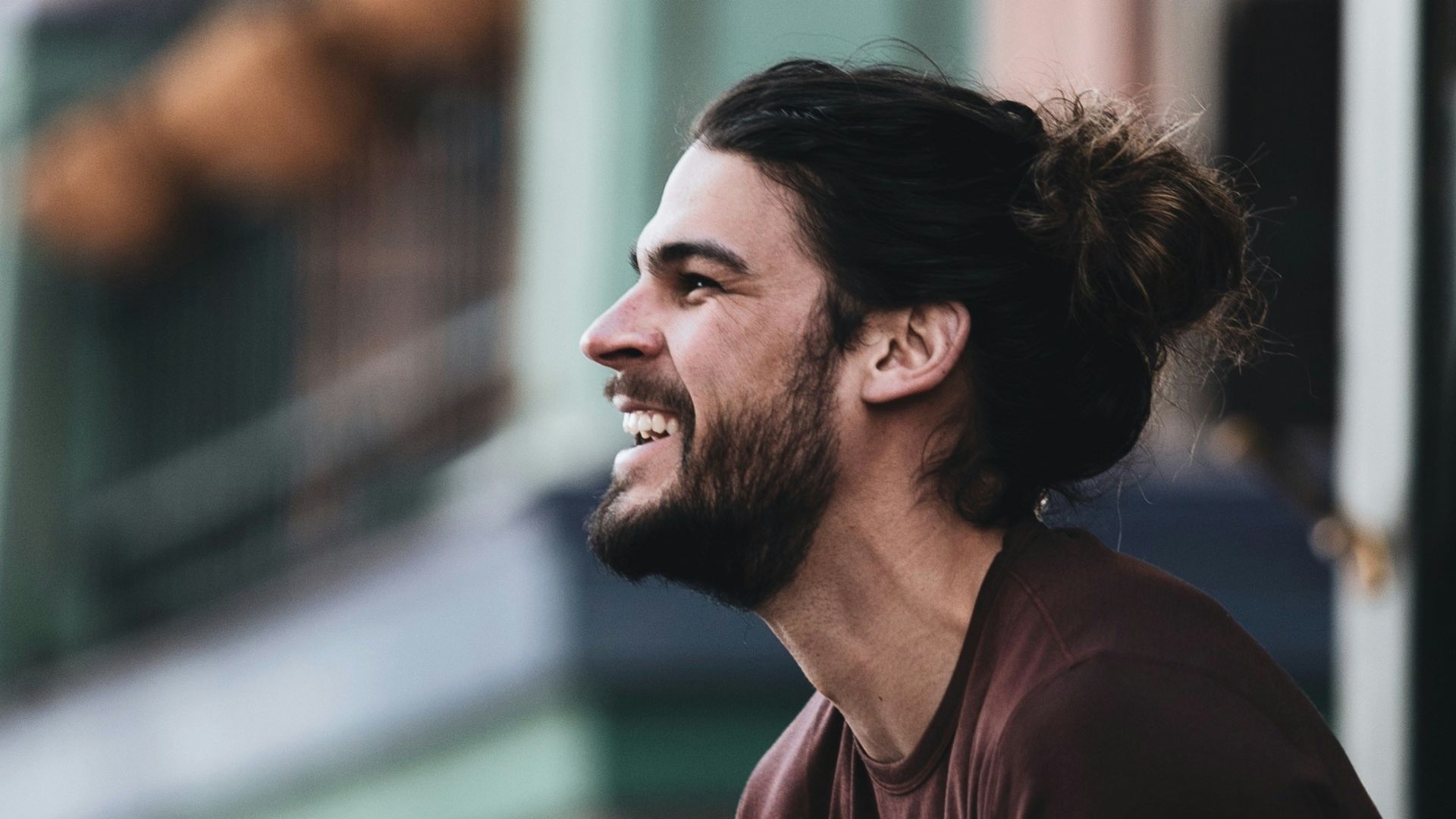 LOGAN WEAVER | @LGNWVR on Unsplash
LOGAN WEAVER | @LGNWVR on Unsplash
20. 2010s - Ombré
Another quintessential 2010s look was the "effortless" Ombré aesthetic, where women would color their hair to have a gradient effect. It was a cost-saving way to add some dimension and playfulness while maintaining a natural look.


